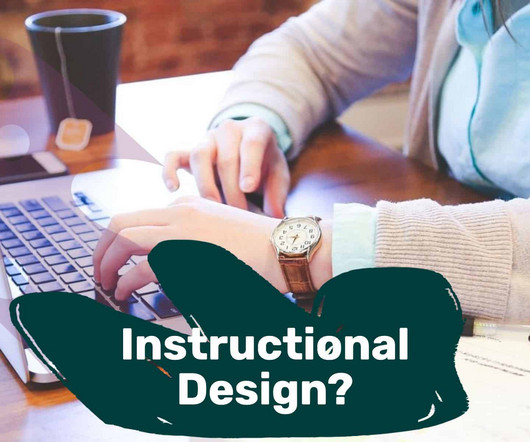Is Your Instructional Design Strategy Right For Your eLearning Project?
Zipboard
AUGUST 1, 2018
Implementing instruction and collaborating with Subject Matters Experts aside, the early stages of planning and designing an effective learning experience are influenced greatly by the Instructional Design strategy employed. What learning theory would serve the project’s needs best?























Let's personalize your content